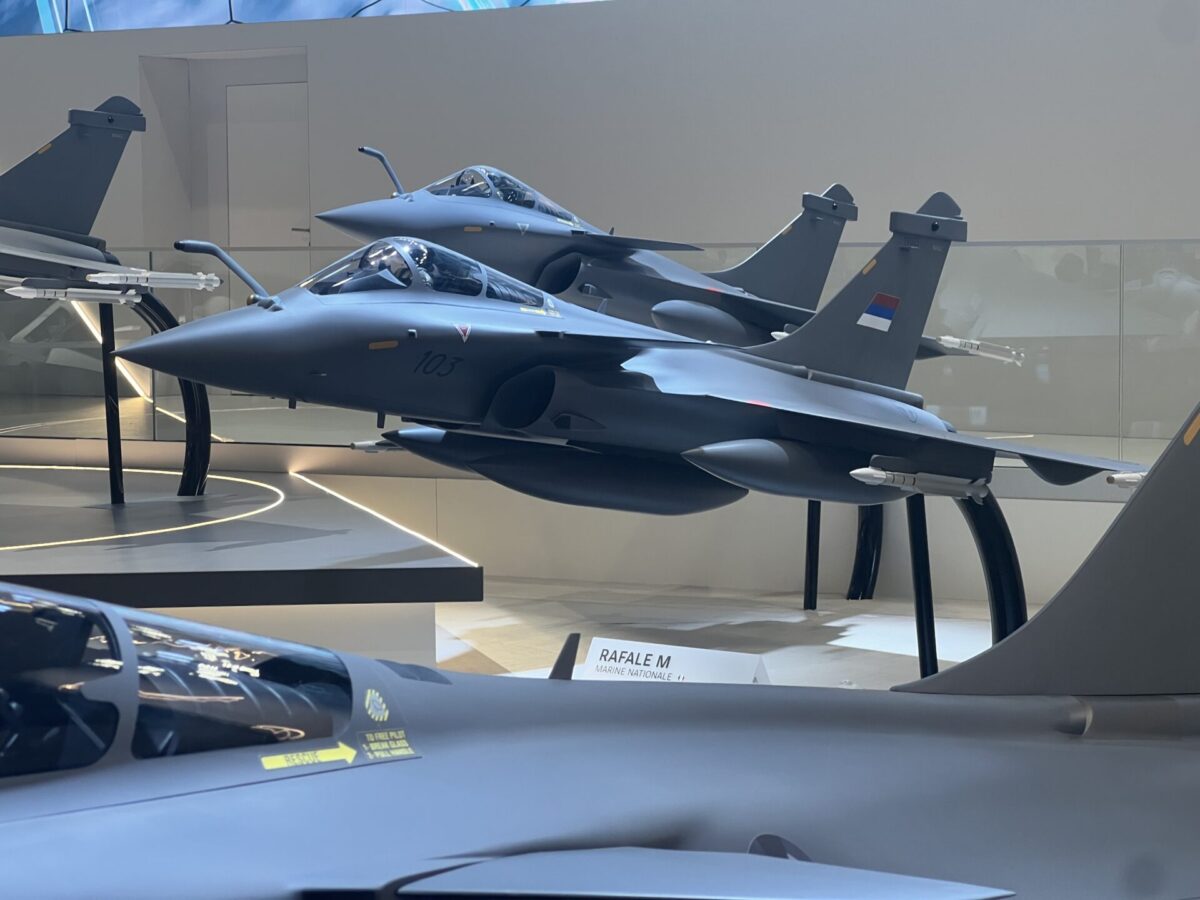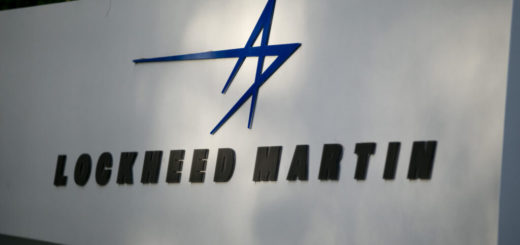Rafale under fire: China accused of smear campaign after India-Pakistan clash

Following a flare-up of hostilities between India and Pakistan in May 2025, a coordinated information campaign has targeted the reputation of the Rafale fighter jet.
According to an investigation by the Associated Press (AP), intelligence sources and defense officials point to China as the orchestrator of the effort, using diplomatic and online channels to promote Chinese-made alternatives and discredit the French-built aircraft.
Operation Sindoor: First combat loss of a Rafale?
The crisis began after a terrorist attack on April 22, 2025, in Pahalgam, Indian-administered Kashmir, which killed 26 civilians. In response, the Indian Air Force (IAF) launched “Operation Sindoor” on the night of May 6- 7, 2025, striking targets across Pakistan and Pakistan-administered Kashmir.
The Pakistani military claimed to have shot down five Indian jets, including three Rafales, using Chinese-supplied PL-15 beyond-visual-range missiles. While India has not officially acknowledged the loss of any Rafales, open-source intelligence (OSINT) analysts have confirmed at least one was downed, based on pictures of a wrecked tail fin and engine.
French Air and Space Force Chief General Jérôme Bellanger informed the Associated Press that he received evidence indicating that India lost three aircraft during the operation: a Rafale, a Sukhoi, and a Mirage 2000. If confirmed, this would be the first recorded combat loss of a Rafale.
A digital disinformation war
As the military narrative carefully unfolded, social media platforms were inundated with fabricated videos and images, some derived from video games or generated by AI, portraying the Rafale as vulnerable to Chinese missiles. AP reports that over 1,000 newly created accounts contributed to the campaign, amplifying a narrative of Rafale’s inferiority.
Welp.Thats the official Pakistani government account posting ARMA 3 game footage and claiming it’s real. pic.twitter.com/uqsUJrTLGi— OSINTtechnical (@Osinttechnical) May 9, 2025
Citing a classified intelligence report, AP says Chinese defense attachés based across Asia played a key role in lobbying existing and prospective Rafale customers, questioning the jet’s combat performance while promoting China’s aircraft exports.
India reaffirms confidence in Rafale
In the meantime, India has publicly backed the Rafale’s role in Operation Sindoor. On June 25, 2025, the Indian Defence Research Wing reported that the IAF was fully satisfied with the performance of its Rafale fighters and SCALP cruise missiles. India’s military attaché in Paris even conveyed official gratitude for the aircraft’s contribution.
An in-depth assessment of Operation Sindoor was published by the Royal United Services Institute (RUSI), a UK-based defense think tank. The report praised the IAF’s ability to conduct strikes despite contested conditions and under tight political and operational constraints.
“While losses were incurred, these must be evaluated against the scale and complexity of the mission, not simply tallied in isolation,” a report by the Royal United Services Institute (RUSI), a UK-based defense think tank, noted. “The mere fact that the Indian Air Force could strike targets under defended conditions and undertake follow-on attacks demonstrates its capacity for coercive precision operations.”
RUSI highlighted that Indian forces demonstrated the ability to “outsmart Pakistani air defenses, provided by China,” and strike key targets with precision, including airbases.
Dassault CEO dismisses the noise
Dassault Aviation CEO Éric Trappier, speaking before the French Senate, confirmed India’s positive feedback.
“We don’t have exact feedback on what happened, just the Indians’ satisfaction with the reality of the missions they carried out,” he said.
While acknowledging that disinformation campaigns can interfere with marketing efforts, he dismissed the impact on current or future Rafale operators: “They know they are fake.”
“It can, however, bother us in prospecting campaigns,” Trappier continued.
Trappier added that while the Rafale continues to evolve to meet modern threats, particularly with the upcoming F5 standard:
“If we are not always better than an F-35, we often are; we are not necessarily better than all Russian aircraft, but often, and we are better than all Chinese aircraft,” the executive summarized. “And we do all this with a single aircraft, so a single type of maintenance, a single type of training, it is a great advantage.”
Export momentum remains strong
(Credit: AeroTime)The disinformation campaign comes at a time of renewed commercial momentum for the Rafale. On April 28, 2025, India finalized a $7.4 billion contract for 26 Rafale Marine (Rafale M) aircraft for its Navy. The order includes 22 single-seat fighters and four twin-seat trainers, which will operate from the INS Vikrant, India’s first indigenously built aircraft carrier.
The Rafale is also competing in India’s Multi-Role Fighter Aircraft (MRFA) program, which seeks to acquire 114 new fighter jets. Dassault’s offering remains a leading contender in what would be one of the largest defense deals of the decade.
RELATED
Dassault Aviation and Tata to produce Rafale fighter fuselages in India
Further afield, Dassault’s export prospects were reinforced on May 28, 2025, when French Armed Forces Minister Sébastien Lecornu signed a letter of intent with Indonesian Defense Minister Sjafrie Sjamsoeddin for an undisclosed number of additional Rafales. This builds on the 42-aircraft order signed in 2022. As part of the broader disinformation push, false reports claiming Jakarta had cancelled the Rafale order circulated online but were quickly debunked. The post Rafale under fire: China accused of smear campaign after India-Pakistan clash appeared first on AeroTime.
Following a flare-up of hostilities between India and Pakistan in May 2025, a coordinated information campaign has targeted…
The post Rafale under fire: China accused of smear campaign after India-Pakistan clash appeared first on AeroTime.






